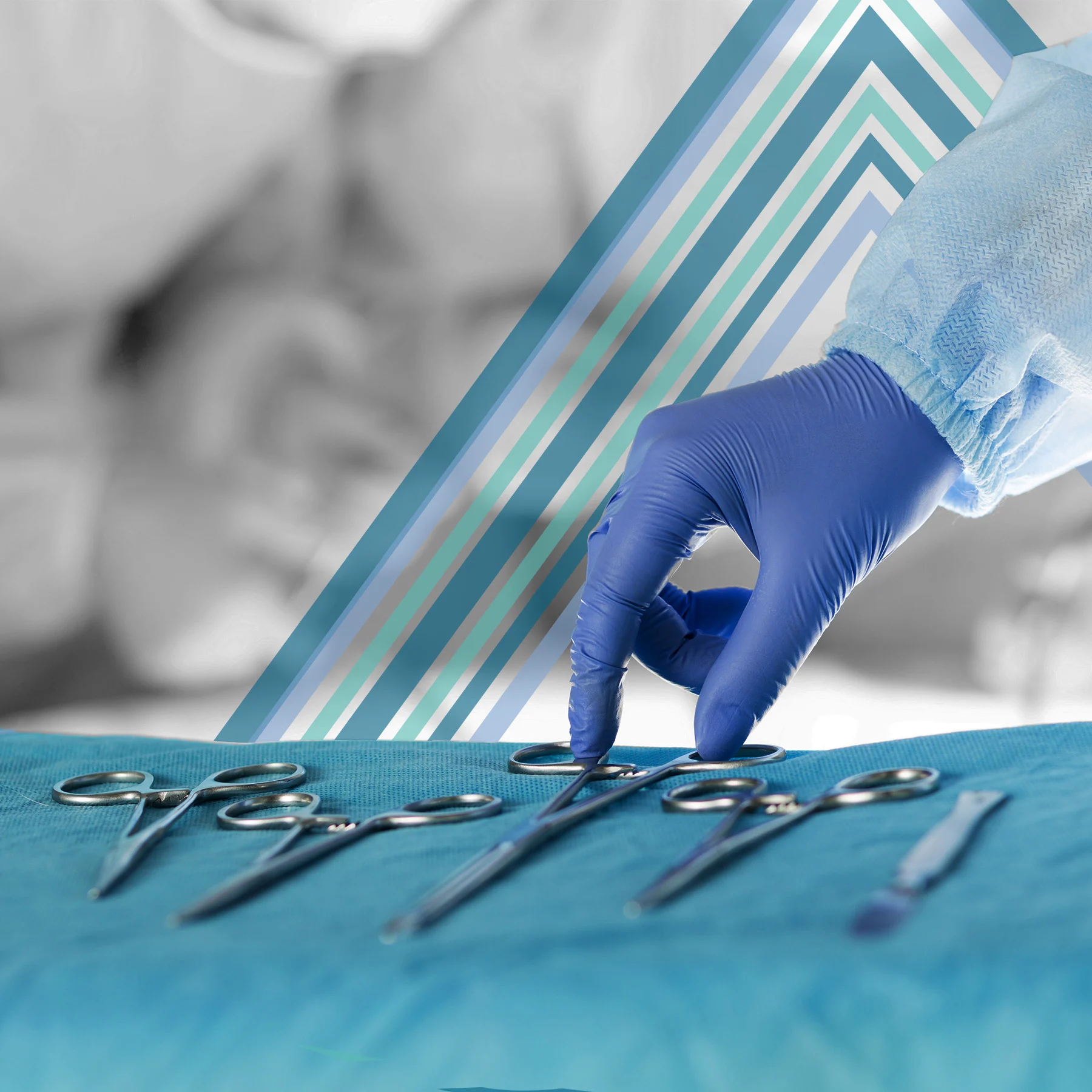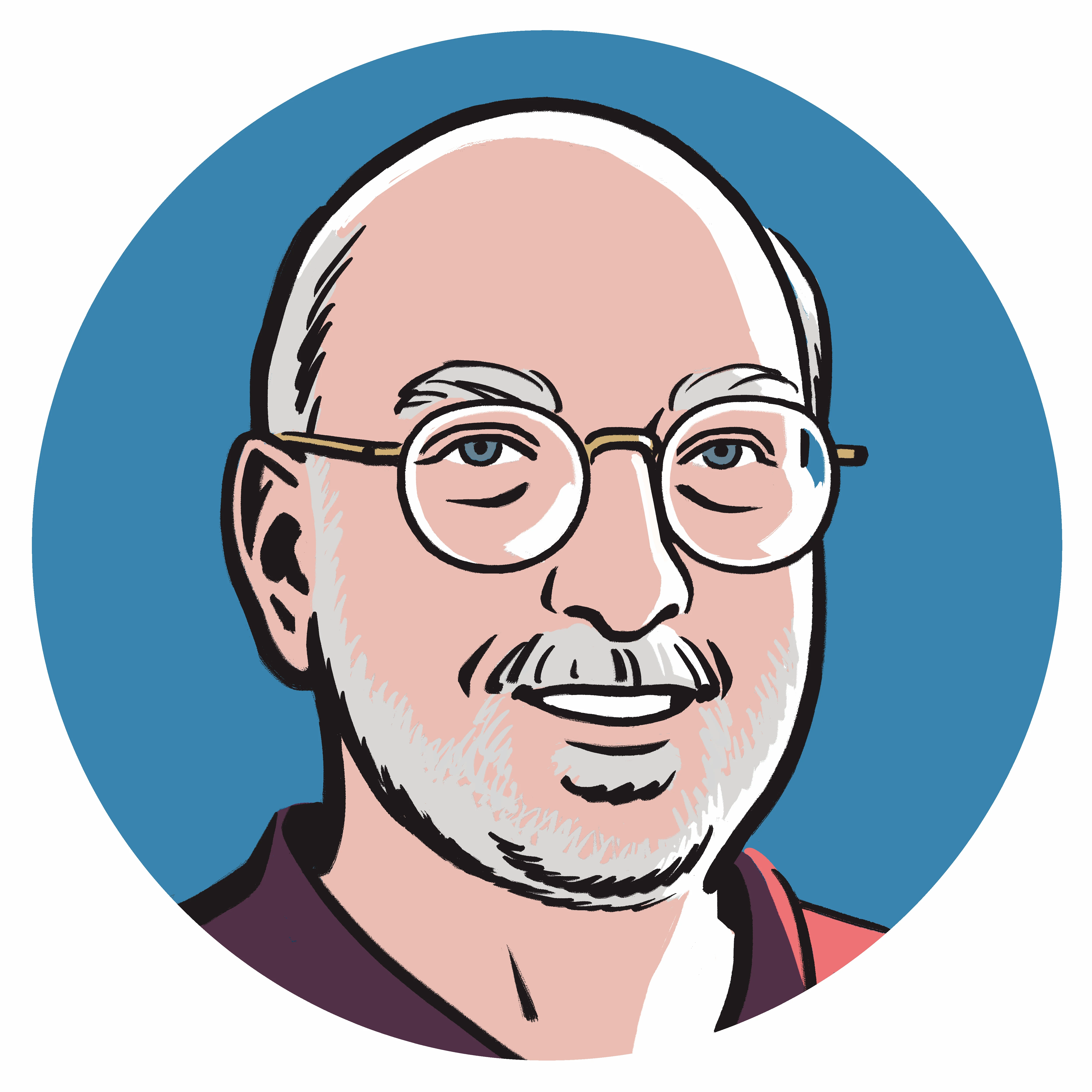Patients might want their surgeons to stick to standard protocols, but what if the opportunity to develop creative solutions to medical problems could ultimately save lives?
A recent study finds that while surgeons can produce a larger number of ideas than the average person, they rank lower than average in the ability to generate original or creative ideas. In addition, female surgeons tend to be more creative than male surgeons, despite representing a minority of all surgeons, and junior surgeon trainees are more creative than experienced surgeons, the study finds. As a whole, the standard operating procedures that surgeons follow may be eroding their capacity to generate creative ideas, which may stifle their ability to solve problems in the operating room and develop new, lifesaving medical breakthroughs, the research reveals.
“This suggests that while surgeons may be adept at generating and adapting ideas, they may struggle with coming up with truly novel solutions to complex medical problems,” says Goran Calic, a Harvard Business School visiting professor and coauthor of the paper Investigation of Divergent Thinking Among Surgeons and Surgeon Trainees in Canada (IDEAS): A Mixed Methods Study.
While surgeons may be adept at generating and adapting ideas, they may struggle with coming up with truly novel solutions to complex medical problems.
Businesses are increasingly turning to artificial intelligence for a variety of tasks, allowing humans more “head space” for creative problem-solving. The findings reveal lessons for how organizations in a variety of rules-driven industries beyond medicine—such as banking, consulting, and finance—might unleash more creativity among their top performers, Calic says.
“The same forces that make professions like surgery, banking, and accounting reliable and effective can also stifle innovation when it’s needed most,” says Calic, who’s also an associate professor at McMaster University in Canada. “With the advent of AI, better data, and better diagnostics, it could become more important for humans in these situations to make judgments and deploy creativity.”
Calic conducted the study—published in the journal BMJ Open—with six fellow researchers at McMaster University: doctoral candidate Alex Thabane, general surgeon Tyler McKechnie, Professor Jason W. Busse, Associate Professor Ranil Sonnadara, teaching assistant Vikram Arora, and surgeon-scientist Mohit Bhandari.
Problem-solving leads to medical breakthroughs
The research team studied the creative potential of 82 surgeons and surgeon trainees at McMaster University by measuring what’s known as divergent thinking, the cognitive process of generating multiple solutions to a problem. This type of thinking is considered the foundation of creativity because it allows individuals to explore different possibilities, rather than relying on a single, fixed answer, Calic says. In surgery, divergent thinking is crucial for:
Problem-solving in unpredictable situations, such as when complications arise among patients in the operating room.
Innovating new techniques or adapting existing ones when standard procedures fall short.
Navigating the complexity of patient care, where individualized medical solutions may be necessary.
Calic says surgeons have pioneered important lifesaving innovations, including Joseph Lister’s antiseptic sterilization techniques, Michael DeBakey’s artificial heart pumps, and Robert Jarvik’s artificial heart.
Surgeons score lower in originality
The researchers tested surgeons and surgeon trainees to assess their divergent thinking abilities, then interviewed top-scoring participants. The study, the first to systematically assess divergent thinking in surgeons, found:
Surgeons can generate more ideas than the average person, but struggle to generate “creative” ideas.
Female surgeons were significantly more creative than their male counterparts.
New surgeon trainees were highly creative, but creativity declined as surgical experience increased, suggesting a general decline in creative problem-solving over time.
Calic questions whether surgical training might stifle creativity due to its focus on standardized protocols, strict adherence to established procedures, and hierarchical learning structures. As one of the top-scoring interviewees noted to the research team: “There is this sense in medical training about professionalism, and how you are supposed to toe the line and be like everybody else. There’s this mold, and you’re supposed to fit into it.”
Similarly, in other fields like finance and accounting, junior analysts often begin their careers questioning models, identifying inefficiencies, and suggesting improvements. “By the time they reach senior leadership, they have been conditioned to rely on best practices and avoid risk-taking,” Calic says.
Encouraging creativity in a rules-based industry
How can organizations free the creativity of top performers in industries where processes are standardized to minimize the risk of errors? Calic offers five pieces of advice and provides examples for applying them.
1. Give employees room to innovate within clearly defined constraints
Banking managers could introduce "risk-free" zones, for instance, where employees can experiment with new financial models or client solutions without worrying about hurting their careers. In accounting, auditors could propose alternative methods of identifying fraud or inefficiencies instead of following the same approach year after year.
Goldman Sachs uses sandbox environments that allow employees to test AI-driven financial analysis models before incorporating them into decision-making.
2. Nudge senior professionals out of their comfort zones
Surgical trainees in the study felt that their creativity was stifled over time because their training focused more on execution and less on exploration. “This is a well-documented phenomenon in other rules-heavy professions, where expertise can lead to cognitive entrenchment—a narrowing of thought patterns,” says Calic.
To broaden thinking, McKinsey and Boston Consulting Group interrupt cognitive fixation by rotating consultants across industries and functions, ensuring that even senior consultants approach problems with an outsider’s mindset. Similarly, a law firm could require senior partners to spend time in venture capital or compliance tech divisions.
3. Introduce creative pressure tests
These are simulated crises where employees must generate solutions in real time. “One insight from the study’s semi-structured interviews was that some of the most creative moments in surgery happen when standard solutions fail—forcing surgeons to improvise,” Calic notes. “However, training does not explicitly teach this kind of thinking.”
In industries like finance, where the rules are constantly changing, many companies must navigate gray areas where regulation hasn’t caught up to innovation. To prepare, a bank might conduct “regulatory fire drills” that force teams to improvise legal responses to sudden policy shifts. JPMorgan Chase, for example, runs compliance hackathons where legal teams race against the clock to develop policies for hypothetical regulatory changes in crypto and AI-driven finance.
4. Use cognitive diversity as a force multiplier
The fact that women scored higher in divergent thinking suggests that different cognitive styles may drive creativity, Calic says. Yet in most hierarchical professions, there is often pressure to conform to established norms, leading to potentially dangerous “groupthink” in risk-heavy professions. Calic says businesses should:
Ensure that risk-assessment teams include professionals from various backgrounds and cognitive styles. Investment company BlackRock introduced “red team/blue team” decision-making—creating artificial debate structures that ensure internal risk assessments include diverse viewpoints.
Bring in non-traditional hires, particularly those with “deep-level” task-related diversity. For example, in corporate law, engineers, economists, and behavioral scientists could help challenge legal assumptions.
5. Codify where to innovate and where to standardize processes
While standardization can make surgery safer in some cases, it can also suppress innovation, discouraging professionals from questioning norms. The most innovative companies use standardization as a foundation for creativity, not as a constraint. Standardization ensures efficiency, while selectively allowing rules to be broken for innovation.
In accounting, a firm might create strict reporting guidelines but give auditors leeway to experiment with AI fraud detection models. An asset management firm might set firmwide risk parameters but let product teams test alternative investment approaches. Citibank standardizes risk assessment criteria but allows AI-driven trading models to explore alternative asset allocations within set risk limits.
Image created with asset from AdobeStock/Liudmila Dutko
Have feedback for us?
Investigation of Divergent Thinking among Surgeons and Surgeon Trainees in Canada (IDEAS): A Mixed-methods Study
Thabane, Alex, Tyler McKechnie, Vikram Arora, Goran Calic, Jason W Busse, Ranil Sonnadara, and Mohit Bhandari. "Investigation of Divergent Thinking among Surgeons and Surgeon Trainees in Canada (IDEAS): A Mixed-methods Study." BMJ Open 14, no. 3 (March 2024).

